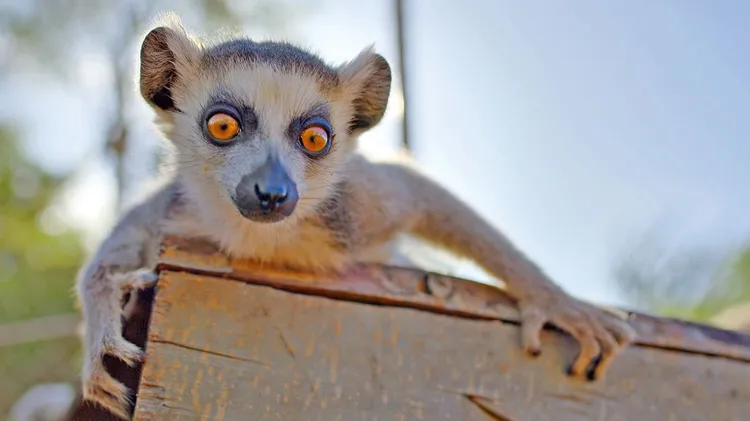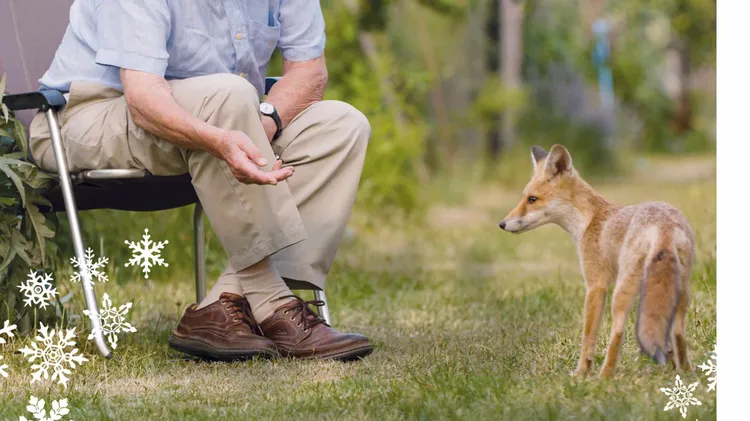A closer look at the small-but-mighty animals that must travel vast distanc
Big littlejourneys
9 min read
This article is from...
Read this article and 8000+ more magazines and newspapers on Readly






